If an animal or plant adapts well to an environment, what can we expect will happen to its population?
increase increases
What is Climate?
Precipitation and temperature
Name this biome!
Name this biome!
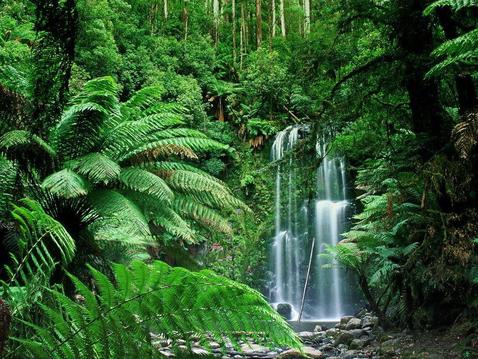
Tropical Rainforest
Tropical forest
Name what adaptation you see.

Migration to look for water and food.
What is biodiversity?
¿Qué es la biodiversidad?
La variedad de vida en el mundo o en un hábitat o ecosistema particular
What adaptation does the dessert plant have? What adaptation does the desert plant have?

Thick leaves to prevent transpiration and water loss. Able to live off very little water. Spike to protect it from predators.
Feuilles épaisses pour éviter la perspiration et la perte d'eau. Capable of living with three people. Point to protect predators
What biome is that?
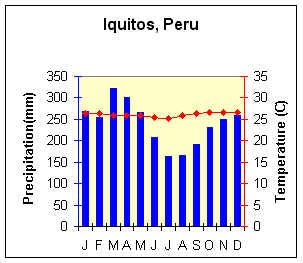
Tropical Rainforest
Tropical forest
Identify this biome: Cold winters, cool summers, little rainfall, conifer and evergreen trees.
Taiga/ Coniferous Forest/ Boreal Forest
Taiga/ Coniferous Forest/ Boreal Forest
Picture round! Name what adaptations you see.
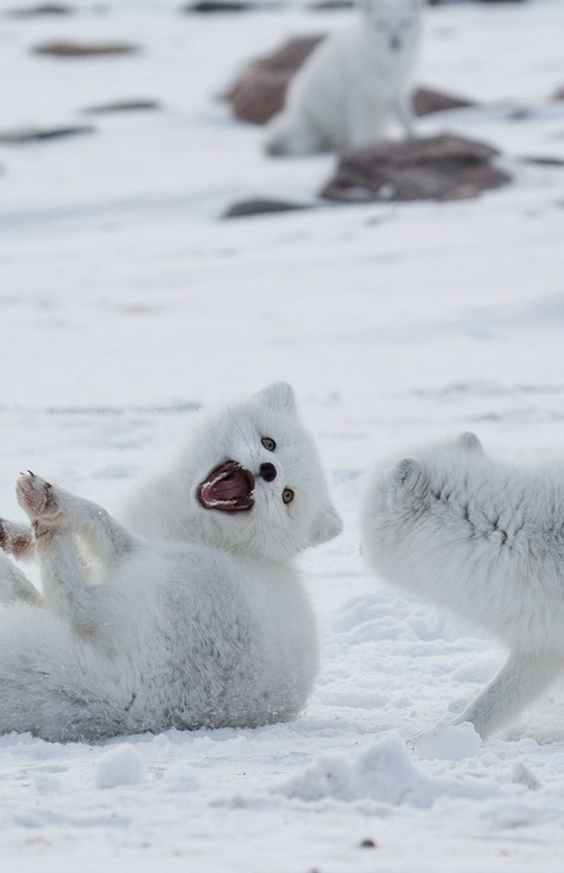
camouflage, sharp teeth, paws that stand snow, keen hearing
Camouflage, sharp teeth, snow-resistant paws, good hearing
A Kudzu plant from Japan was introduced to Georgia as decoration. Because the kudzu plant had no predators, the population continued to increase. Now trees and other plants do not have as many resources and space because of the kudzu plant.
What species is it? Invasive, Keystone, Endangered
Una planta de Kudzu de Japón se introdujo en Georgia como decoración. Debido a que la planta de kudzu no tenía depredadores, la población siguió aumentando. Ahora los árboles y otras plantas no tienen tantos recursos y espacio debido a la planta kudzu.
Invasive Species
Especies invasivas
As the atmosphere gets more polluted, what will happen to the population of the black moth? And the white moth? As the atmosphere becomes more and more polluted, what will happen to the population of the black butterfly and the white butterfly?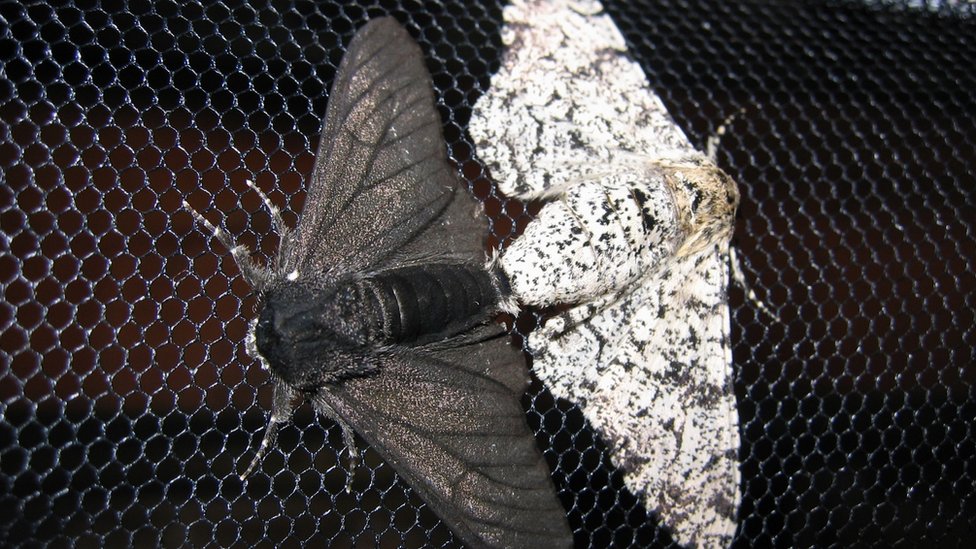
The black moth population will increase due to better camouflage and the white moth population will decrease since predators can easily see them. The black moth population will increase due to better camouflage and the white moth population will decrease since predators can easily see them.
A climatographic show.......
average temperature and precipitation for an area. Average temperature and precipitation of an area. temperature and precipitation in a zone
Identify this biome using this climograph
Identify this biome using this climograph
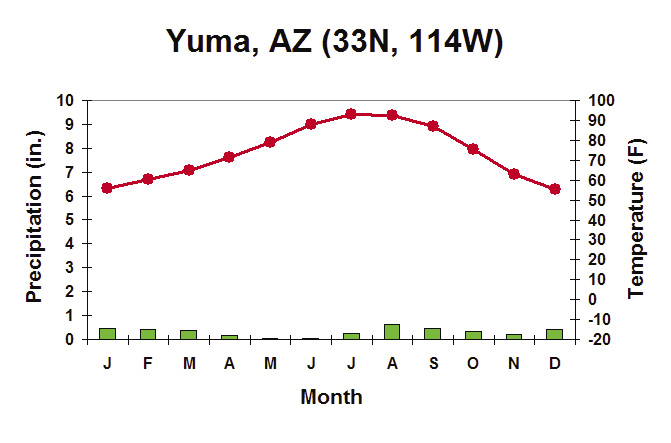
Desert
desert
Name 2 adaptations that an animal in the desert would need?
Nombre 2 adaptaciones que necesitaría un animal en el desierto?
nocturnal, can store water in the body, gets water from plants, live underground, camouflage, withstand heat
nocturno, puede almacenar agua en el cuerpo, obtiene agua de las plantas, vive bajo tierra, se camufla, soporta el calor
What are some ways that biodiversity can decrease? Give 3 examples
Habitat destruction
Deforestation
Overfishing
Over hunting
Invasive Species
Pollution
Climate change
-------------------------------------------------------
Deforestation
about fishing
about hunting
Invasive species
Pollution
Habitat loss
Climate change
What's the adaptation of these two pictures? What is the adaptation of these two films?
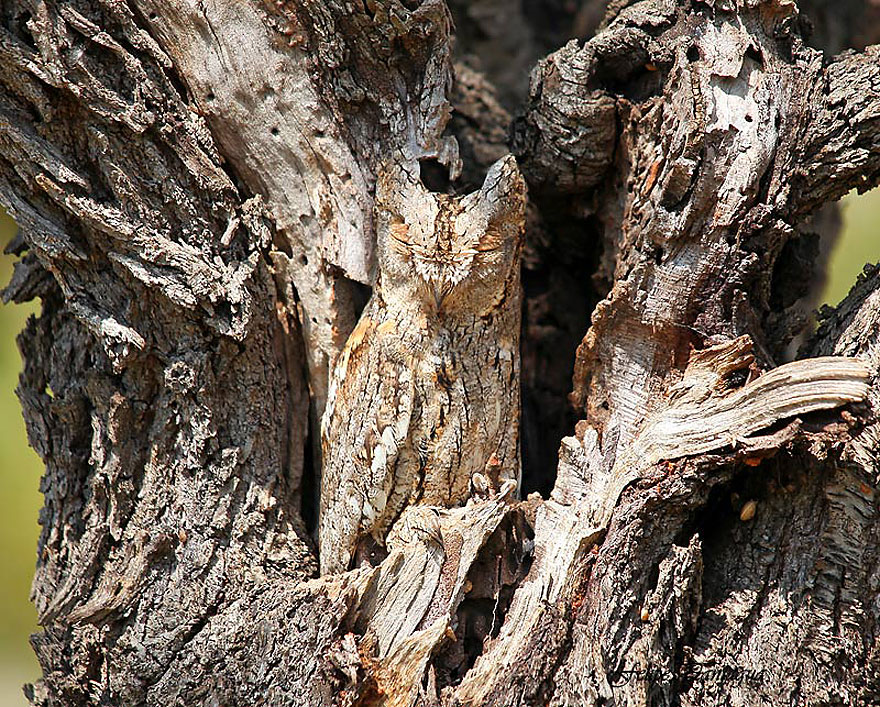

Picture on the left: The owl is blending into the background. Camouflage! Picture on the right: The caterpillar looks like a snake Mimicry! Picture on the left: The owl blends into the background. Camouflage! Picture on the right: The caterpillar looks like a snake Mimicry! Picture on the left: The owl blends into the background. Camouflage! Picture on the right: The caterpillar looks like a snake Mimicry!
What pattern do you see? What model voyez-vous?
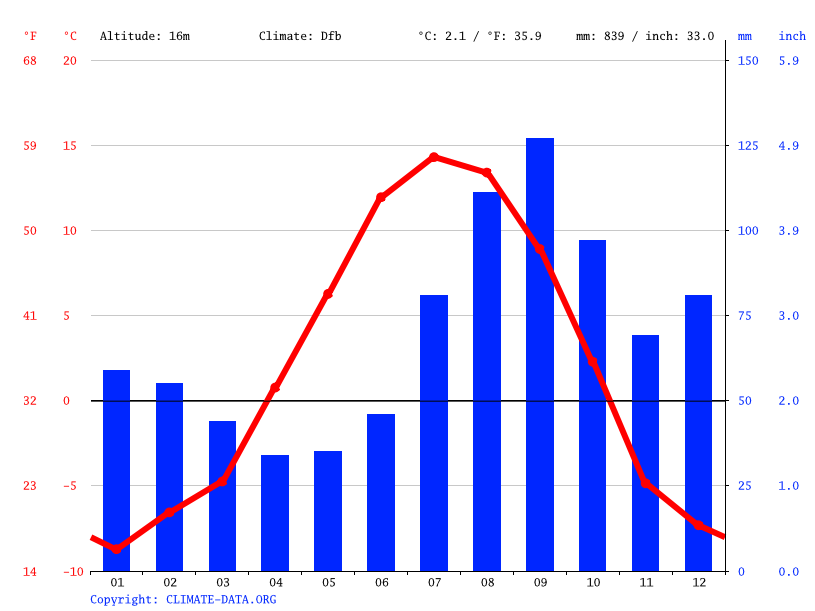
Temperature and precipitation is at its highest during the summer months. Temperature and precipitation reach their highest levels during the summer months. The temperature and precipitation are at maximum temperature.
4 Seasonal changes, Squirrels, red robins, sunflowers, trees losing their leaves.
Temperate Deciduous Forest
Picture round! Name what biome and adaptation you see
¡Imagen redonda! Nombra qué bioma y adaptación ves

Grassland and living in herds, eats grass
Pastizales y viviendo en manadas, come pasto
What is an endangered species? Give an example.
¿Qué es una especie en peligro de extinción?
Dar us ejemplo.
A species that is at risk of going extinct. Polar bear, panda, gorilla, white rhinoceros, leatherback turtle,
Una especie en peligro de extinción.
What adaptation must happen if it will survive in global warming? What adaptation must occur to survive global warming? Quelle adaptation doit-elle avoir pour survivre au réchauffement climatique?
It has to survive in the warmer temperatures by shedding fur. It has to survive in warmer temperatures by losing hair. Il doit survivre aux températures plus chaudes en perdant sa fourrure.
Extreme temperatures, adaptations of fauna and flora include scaly skin, thorns, tan skin, and found close to the equator, underground, and nocturnal.
Desert!
What characteristics determine a biome?
climate, flora and fauna
Picture round! Name what biome you see
¡Imagen redonda! Nombra qué bioma ves
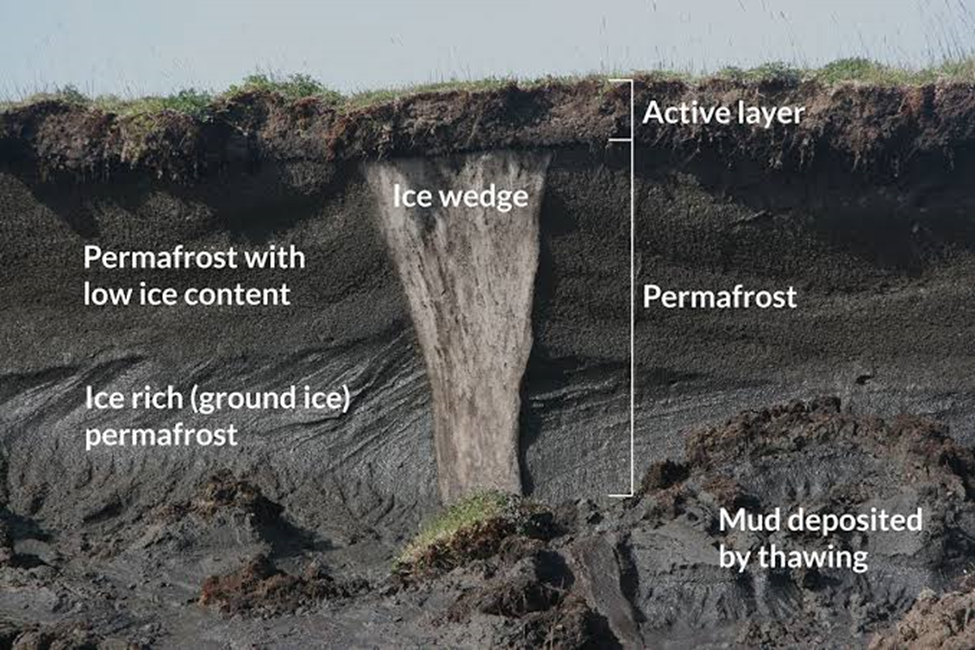
Tundra
Look at this food chain. Where is the keystone species?
Mira esta cadena alimenticia. ¿Dónde está la especie clave?

Quaternary Consumer Shark: By preying on the sickest, weakest, and slowest animals, they control the spread of disease and keep prey populations in check
Tiburón consumidor cuaternario: Al aprovecharse de los animales más enfermos, débiles y lentos, controlan la propagación de enfermedades y mantienen a raya a las poblaciones de presas.